16. Role of Human Resources
Best Practice Guidelines

Assess: Review how the human resources policies support the anti-bribery programme.

Role of human resources: Regularly review the integration of human resources in the design, implementation and review of the anti-bribery programme.

Anti-bribery programme design: Human resources advises on the design and implementation of policies and procedures to ensure that they align to personnel practices, are workable and appropriate across the company’s operations.

Employee input: Employees and their representative bodies are consulted in the design, communication and monitoring of the anti-bribery programme.

Integrate: Embed anti-bribery commitment in human resource spheres of influence including employee recruitment, induction / orientation, training, performance review and appraisal, promotion and recognition systems.

Monitor: Regularly check human resource policies and procedures to determine how they need to be changed to actively support ethical and integrity behaviours of employees.

Protect: Ensure employees will not be penalised, disciplined or dismissed for refusing to undertake business deals where bribes are solicited or demanded.

Recruitment: Recruit and appoint the right people. Include assessment of ethical decision-making and judgment as part of the recruitment process. Where necessary used enhanced due diligence on senior hires or those in a high risk position.

Due diligence: Appropriate due diligence is applied when appointing board members and selecting recruits for functions, particularly senior management and employees who are likely to be placed in high risk positions.

Revolving door policy: Working with the company’s government and public affairs functions to provide a policy to address personnel movements between the company and the public sector, in either direction.

Integrity in recruitment and appointment: The recruitment processes should be transparent, objective and should itself have anti-bribery controls. If the local environment is prone to corruption, it may be important to demonstrate publically that recruitment is systematic and untainted by bribery, conflicts of interest, favouritism or nepotism.

Induction and orientation: Make sure new recruits are fully trained in the anti-bribery programme.

Contractual requirement: Make compliance with the employee Code of Conduct, and ideally to the anti-bribery programme, a term of the contract of employment

Train: Ensure there is regular training tailored to assessed risks and relevant to the relevant category of employee.

Recognise: Demonstrate to employees that they will be rewarded for positive support of the anti-bribery programme e.g. recommendations for improving checks and controls, promotion of the anti-bribery commitment in external activities and communications. This moves the employee focus from compliance to active implementation and improvement of the programme.

Remuneration: Design remuneration and incentives so that they are aligned with the company's anti-bribery programme.

Bonuses: Link executive bonuses to anti-bribery performance in functions under their responsibility.

Discipline: Apply sanctions for violations appropriate to the offence in a consistent and open fashion.

Promote: Promote only staff that exhibit the right behaviours and attitudes and decline promotion to those that do not, even if they meet or exceed financial targets.

